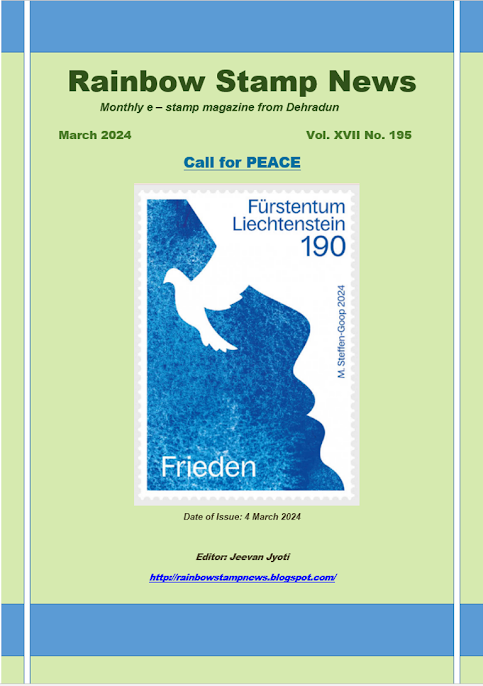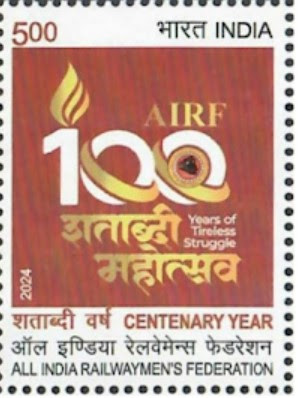Date of Issue : 10 June 2013
Today Canada Post issued a postage stamp to commemorate 250 Years of Canada’s Postal History.
In 1753, Philadelphia Postmaster Benjamin Franklin was promoted to joint deputy postmaster general for the British colonies and opened the first Canadian post office in Halifax to link the Atlantic colonies with Britain. But eventually, Franklin’s involvement with the growing revolt against the British Empire made it necessary for him to leave his post.
Hugh Finlay was confirmed as postmaster general at Québec on June 10, 1763. The ambitious Finlay arranged for a courier from Montréal to New York to reach the monthly packet sailing to Britain. By 1771, weekly service was available year round. His innovations earned a profit for the British Post Office Department, which paid Finlay a fifth of gross receipts.
In 1833, the Quebec-built Royal William was the first steamer to carry mail across the Atlantic. Canada’s first railway line was established in 1836, and became quickly recognized as a way to carry mail faster and farther. In 1840, Samuel Cunard’s new steamer Britannia transported mail between Liverpool and Halifax. Following Confederation on July 1, 1867, postal systems from Halifax to Fort William, on Lake Superior, amalgamated. And on April 1, 1868, An Act for the Regulation of the Postal Service officially created Canada’s uniform postal system.
Motorcycles on New Canadian stamps
Canada post issued a set of two stamps dedicated to motorcycles.This issue featuring the 1908 Lightweight Motor Cycle and the 1914 Indian is the first in a series dedicated to Canadian motorcycle manufacturing and design.
The Canadian landscape is built for motorcycles. Think of freedom and exploration. Think of where the road meets expansive prairies, jagged mountains and dense boreal forests. Think of riding into the horizon without a windshield coming between you and each new vista.
In turn, Canadians have built motorcycles for the landscape. A total of 21 different brands have travelled with riders, carried competitors across finish lines, served alongside police officers and supported soldiers overseas.
The first motorcycles, like the Lightweight Motor Cycle built by the Canadian Cycle and Motor Company (CCM), drew inspiration from the freedom afforded by early automobiles. Among the few motorcycles CCM produced, the 1908 model featured on the stamp sported a Swiss-designed engine that could be installed on any conventional bike frame.
Four years later, the Indian, represented here by the 1914 model, met with widespread commercial success. Massachusetts-based Hendee Manufacturing Co. – later known as the Indian Motorcycle Company – built the bikes at a factory on Toronto’s Mercer Street.
The Indian became the bike of choice for Canadian racer “Wild Joe” Baribeau, winning him provincial and national racing championships. Impressed by the abilities of the Indian, Canadian police departments began ordering the bike for their own motorcycle corps.



















.png)













No comments:
Post a Comment